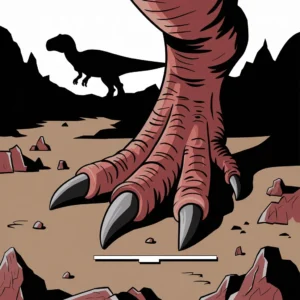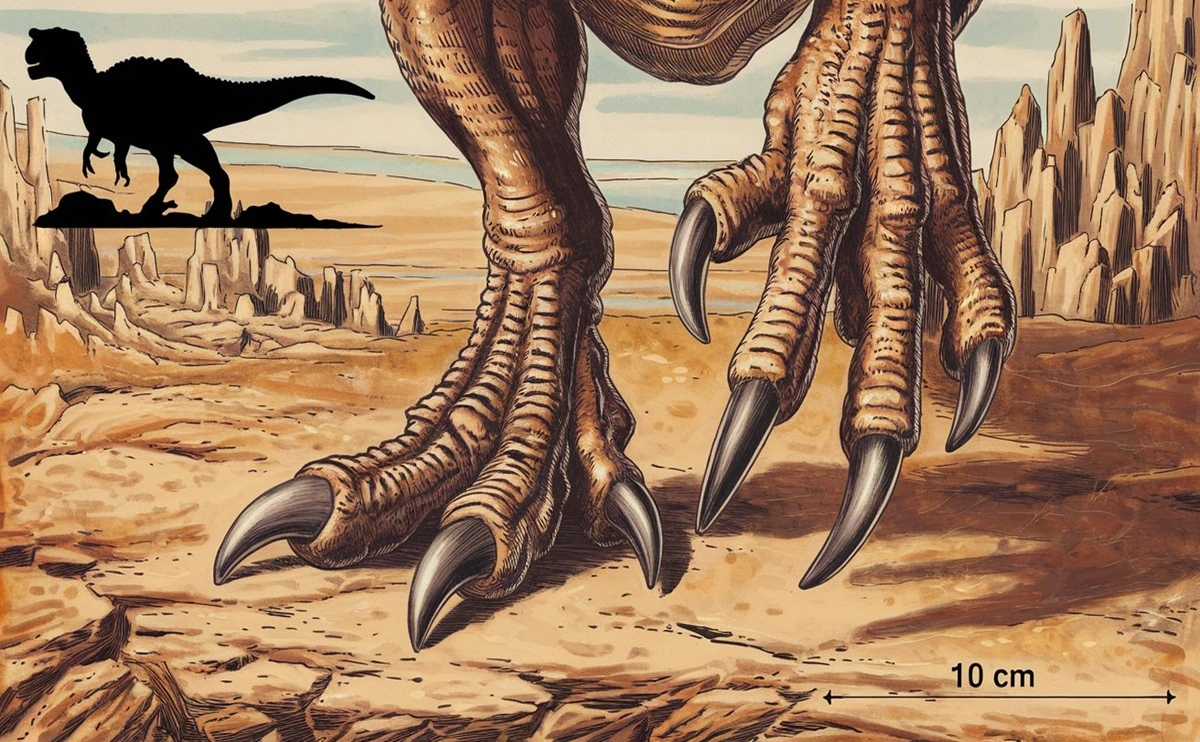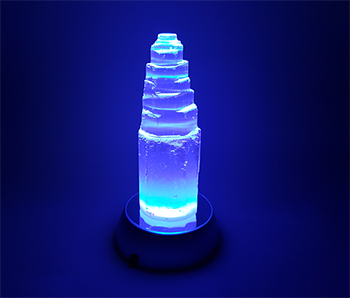Dinosaur claws have long fascinated paleontologists, fossil enthusiasts, and anyone intrigued by the mysteries of prehistoric life. These remarkable adaptations reveal a wealth of information about the behavior, evolution, and survival strategies of dinosaurs. In this article, we delve into the world of dinosaur claws, exploring their types, significance, and the fascinating discoveries paleontologists have made over the years.
What Are Dinosaur Claws?
Dinosaur claws are keratin-covered bony structures that extended from the digits of a dinosaur’s limbs. Found in both theropods and herbivorous species, claws served various purposes, ranging from hunting and defense to climbing and digging. These ancient tools provide insights into the lifestyles of these incredible creatures.
Types of Dinosaur Claws
Dinosaur claws varied greatly depending on the species and its ecological niche. Some notable types include:
1. Theropod Claws
o Sharp and curved, theropod claws were designed for gripping and slicing prey. Velociraptors, for instance, are famous for their large, sickle-shaped claws used in hunting.
2. Sauropod Claws
o While primarily herbivorous, sauropods had claws for digging and anchoring themselves in the ground for stability.
3. Ornithopod Claws
o These dinosaurs had smaller claws, often used for manipulating vegetation and aiding in locomotion.
Famous Dinosaur Claw Fossils
Among the most iconic dinosaur claw discoveries is the Velociraptor claw fossil. Measuring up to 6 inches, this sickle-shaped claw has been instrumental in understanding the hunting techniques of these swift predators. Other notable finds include:
- Therizinosaurus claws: The longest claws of any dinosaur, reaching up to 3 feet in length, used possibly for defense and feeding.
- Deinonychus claws: Crucial in the discovery of the link between dinosaurs and modern birds.
How to Identify a Dinosaur Claw Fossil
Identifying a fossilized dinosaur claw requires a keen eye and knowledge of its unique features:
- Shape: Dinosaur claws often have a curved, tapered appearance.
- Size: They range from small and delicate to massive and robust, depending on the species.
- Texture: Fossilized claws exhibit a dense, mineralized structure, often with visible ridges and grooves.
- Context: The surrounding rock and fossil assemblage can provide clues about the species and age.
The Role of Dinosaur Claws in Evolution
Dinosaur claws played a significant role in the evolutionary history of life on Earth. The adaptations seen in claws reflect the diverse strategies dinosaurs used to thrive in their environments. From the deadly talons of predators to the functional claws of herbivores, these structures highlight the ingenuity of nature.
Additionally, claws provide critical evidence for evolutionary relationships between species. Fossilized claws can reveal whether a dinosaur was more closely related to birds or other reptiles. For example, theropods, known for their sharp claws, share numerous traits with modern birds, such as hollow bones and similar limb structures.

Modern Connections: Birds and Their Claws
Birds, the modern descendants of theropod dinosaurs, carry the legacy of dinosaur claws. Raptors like hawks and eagles possess sharp talons for hunting, echoing the traits of their prehistoric ancestors. Studying bird claws helps paleontologists draw parallels and deepen our understanding of dinosaur behavior.
Interestingly, the development of claws in birds demonstrates how similar structures can evolve for new purposes. While some birds use claws for hunting, others, like parrots, use them for climbing and manipulating objects, showcasing the versatility of this ancient adaptation.
Dinosaur Claws in Popular Culture
Dinosaur claws have captured the imagination of the public through movies like Jurassic Park, where the Velociraptor’s claw became a symbol of prehistoric danger. Fossil replicas and authentic dinosaur claws for sale also make popular collector’s items, bringing a piece of history into the hands of enthusiasts.
Beyond cinema, dinosaur claws have also influenced art, literature, and education. Museums worldwide feature impressive claw fossils, sparking curiosity and inspiring the next generation of paleontologists. Educational programs often use replicas of dinosaur claws to teach students about anatomy, evolution, and the role of adaptations in survival.
Tips for Collecting Dinosaur Claw Fossils
For those interested in owning a piece of prehistory, here are some tips:
- Buy from Reputable Sources: Ensure the authenticity of the fossil by purchasing from trusted dealers.
- Understand Fossil Laws: Familiarize yourself with regulations regarding fossil collection and trade.
- Handle with Care: Fossils are delicate and should be stored and displayed properly.
- Research the Origin: Knowing where a fossil was found can provide context about its species and era.
- Join Fossil Communities: Engaging with fellow enthusiasts and experts can enhance your knowledge and help you identify authentic specimens.
The Importance of Conservation
As fossil collection grows in popularity, it is vital to emphasize the importance of conservation. Dinosaur claw fossils, like all paleontological artifacts, are finite resources. Responsible collection practices and adherence to laws ensure that these treasures remain available for scientific study and public education.
Paleontologists often work alongside governments and local communities to protect fossil sites. By supporting these efforts, enthusiasts can contribute to preserving the past for future generations.
Conclusion
Dinosaur claws are more than remnants of a bygone era; they are keys to understanding the past. Whether you’re a paleontology enthusiast or a casual admirer of prehistoric life, the study of dinosaur claws offers a fascinating glimpse into the lives of some of Earth’s most extraordinary creatures. From their role in evolution to their place in modern culture, these ancient structures continue to inspire awe and curiosity.
Explore the world of dinosaur claws and discover the stories they hold. Each fossil Dinosaur, each claw, tells a tale millions of years in the making. Whether displayed in a museum or held in the hands of a collector, these relics remind us of the incredible diversity and adaptability of life on Earth.


